Zeiss Loxia 21/2.8 Rolling Review
We received over 100 emails, asking rather same question – “Should I buy Sony FE 16-35/4, Loxia 21/2.8 or Batis 25/2?” In an effort to help our readers to make the decision, I would try to point out some similarities but mainly differences between Loxia and Batis (with one comparison with FE 16-35/4 too).
First of all, from an image quality point of view, those lenses are incomparable. Optical and mechanical design of three lenses are based on differences of respective intended usage and thus for each lens, different set of priorities and compromises had to be chosen. From technical point of view, their set of features and mainly their focal lengths (and zoom in case of FE 1635) requires very much different optical solution and mechanical construction that makes any reasonable direct comparison – impossible.
There remains only one relevant POV where we can try to compare them and that is user POV. In other words – which lens makes more sense for particular photographer. As we are all different, I can’t give universal answer, but I can try to explain some differences and suggest best usage scenarios for what it worth.
1. Size, weight and build quality:
For many, Sony A7 system is attractive mainly because of smaller size in comparison to DSLR with same or better image quality and comparable set of features. Those people usually put size and weight of the lens highly on their priority list.
| Size and Weight | Zeiss Batis 25/2 | Zeiss Loxia 21/2.8 | Sony FE 16-35/4 |
| Dimensions (only lens) length x diameter | 78mm x 78mm | 72mm x 62,1mm | 98,5mm x 78mm |
| Dimensions for transport (lens with caps) | 92mm x 81mm | 85mm x 63mm | 110mm x 84mm |
| Weight (only lens) | 335g | 395g | 518g |
| Filter diameter | 67mm | 52mm | 72mm |
As you can see – Loxia is smallest of the bunch but Batis is lightest with its 335g. Considering its zoom range, Sony FE with approx. 20mm longer size and similar diameter as Batis and with only 120g more than Loxia is in fact great achievement.
All lenses have metal barrels but material differ. Batis and Zeiss feels like having thinner barrel than Loxia and Batis have rubber focusing ring and aluminum composite mount (Loxia and Sony have more standard looking mount made of though metal).
| Special features | Zeiss Batis 25/2 | Zeiss Loxia 21/2.8 | Sony FE 16-35/4 |
| OLED display | Yes | No | No |
| AF | Yes | No | Yes |
| Optical Stabilization | No | No | Yes |
| Aperture de-clicking | No | Yes | No |
| Weather sealing | Yes | Yes (at least on the mount) | Yes |
| Manual Focus coupling | By wire | Mechanical | By wire |
Main and most significant difference between lens features is presence of AF. If you need AF for your work, at this point you can exclude Loxia from the list. If you prefer manual focusing, Loxia is becoming more interesting IMHO than other two lenses, because of fully mechanical focus coupling and very precise focusing ring (despite slightly shorter focus throw of just 90°).
Another important difference for many is optical stabilization of Sony lens. I think that majority of Sony users still don’t have one of two IBIS equipped cameras and/or they are using APS-C models, where OSS makes lot of sense. If you don’t have stabilization in body and you like this feature, SonyFE 16-35/4 should be at the top of your list.
OLED display on Batis lens is unique innovation (so far) and you might profit of it. It can show focusing distance (in both – AF and MF mode) and DOF calculation, including hyperfocal distance (taking selected aperture into consideration). Display has illumination which can be helpful in dark conditions. My only issue with it is that accuracy is not guaranteed. Oh well…
De-Clicking aperture of Loxia is good for video where sometimes you need to adjust aperture within captured clip seamlessly.
Certain level of moisture and dust protection is good to have, but I will be careful with direct exposure to heavy rain or water splashes.
| Key differences – FL, FOV, Speed, Price | Zeiss Batis 25/2 | Zeiss Loxia 21/2.8 | Sony FE 16-35/4 |
| Focal Length | 25mm | 21mm | 16-35mm |
| Angle of View (Diagonal/Horizontal/Vertical) |
82°/72°/51°
|
91°/81°/59° | 63°- 107°(diagonal only) |
| Max. Aperture | f/2 | f/2.8 | f/4 |
| Minimum Focusing distance | 0,2m | 0,25m | 0,28m (16mm) |
| Price (incl. VAT) | 1,299 EUR | 1,499 EUR | 1,158 EUR |
Above listed parameters represents key differences among three lenses.
Comparing IQ of those lenses is problematic from many aspects. One of the key differences is of course different focal length and if we would like to compare IQ in practice, first question that will arise is – from where?
Should we stay on the same spot and compare different field of view, or should we try to equalize composition by changing camera position. There is no correct way to make such a comparison, so we should probably think of the reason why we want to know which one performs better at the first place…
When choosing one of those lenses, absolutely crucial question that you should think of in the first place, is your preferred focal length (for your style of photography). Second most important question is importance of AF for your shooting needs. Third questions is speed. Somewhere down the list, you might come to IQ, but hey, we are gear heads at the first place, right?
Let’s think about it…
- Focal length?
With the standard or portrait lens (short tele) the importance of few mm here and there is less relevant for your choice, because you can usually make few steps and compensate for the FOV difference. With those lenses, by adjusting your position, you won’t change perspective too much, nor you should experience significant increase of distortion.
With WA and especially with UWA lenses, each mm of focal length means a lot and respective FOV can make all the difference. To compensate FOV between 16mm and 25mm is not always easy (you might be limited by available space) and most importantly, perspective will change significantly if you try to match composition.
For the landscape photography e.g., it is much more important to consider focal length aspect than theoretical image quality. To make nice landscape image, you’ll probably need to travel far, to wake up early morning, to climb hills or rocks in the dark with your heavy backpack, to get wet and cold and tired before you even reach the perfect spot. If (and that is big if) you manage to reach it and beautiful sunrise welcome your effort (which usually happen 1 day before or after you get there), you might meet another group of frustrated photographers who are trying to place their tripods around only one “best” place, without stabbing someone’s eye or leg.
In such a situation, when wind is blowing on the top of the hill, you have only couple of minutes or even seconds to get the magic shot, sturdy tripod, proper tripod head, experience and practice will play much more important role for the quality of resulting image than any imaginable LAB figure speaking about lens quality and critical sharpness in the extreme corners wide open. Experience and practice teched me, that best lens in those situations is zoom lens.Zoom lens will help you to adjust composition according to the available standing point, will give you flexibility to include some foreground (if you find some troll, goblin or better – fairy), in a more dynamic way or in contrary to exclude it if it ruins the image (dead body, zombie etc.) and will take much less time to set than to change the primes (if you were crazy enough to carry 4-5 of them.) It also means that you’ll need 1 filter adapter ring (LEE or similar), 1 lens hood and 1 polarizer and you will need to blow dust from only 1 lens. If you don’t mind the weight of your backpack (I envy you), I would still suggest to take a flask with tea or coffee (slightly enriched with rum) instead of bunch of ultimate primes. At f/8 and smaller (apertures that you are likely to use in those situations), differences in image quality will be marginal and only visible under close inspection at large magnifications.On the other hand, if you know well your location, if you have already been there and you know exactly what you’d like to compose in advance, there is very few reasons to carry zoom and you can rely on a single prime lens without doubt. Photographers who are approaching their scenes this way, usually tend to spend weeks, months or years, getting back to same spot and waiting for the perfect day. Others will spend significant amount of time exploring the location and images from other photographers, but in essence they are approaching the location with a same level of determination and clear idea what they would like to achieve. Primes are better option for this type of photographers.WA and UWA lenses are not good only for landscape, there are many other fields of photography where you might want to use them. For those purposes, you might find other attributes of the lens performance more important than focal length, but again – image quality should be one of your last worries. - AF vs MF?
If you shot landscapes or/end professional videos, you will find very little use for AF. Smooth and decisive feeling of micro precise manual focus adjustment and most importantly mechanically geared instead of electric remote (by wire) are very important. However if you tend to shot any faster action, such as family, sport, events, etc., you will most probably rely on AF, and there is no doubt that you will have more keepers than with MF lens. Batis and Sony FE can be switched to manual focus mode (I hate that focus by wire, but more and more users seems to prefer it over mechanical) but Loxia can’t be switched to AF. Don’t listen to those who will tell you that for WA lenses, AF is not important. It all depends what and at which aperture you are shooting. It can make a hell of difference if you nail the focus on the running dog and let the camera track it in a high speed shutter mode and if you try to lock the focus and catch a single moment. While you will see in the examples bellow that Loxia is best optically corrected lens out of tree, that will hardly make your image sharper if you miss the focus. - Speed
Speed of your WA lens can play most important role, if you tend to shot stars, indoor events, home, or very fast action. While any form of image stabilization can really help you with a static scenes, for things that are moving, stabilization can help only if they are moving because you are shaky after that great bottle of wine.
The speeds that you’ll need to “freeze” your moving subjects are usually much above rule of thumb applied on this wide angle lenses. You can be sure, that walking person won’t be sharp at 1/40s, unless it is quite far from you. If you are challenged by the movement, and most of your subject are fidgety, (while light is rather shy), Loxia and especially Batis will work better for you. At the situation where 1/40s is limit with Sony FE 1635, you’ll be able to go for 1/80s with Loxia and 1/160s with Batis. This will influence resulting sharpness significantly more than optical performance measured in LAB conditions.
If you however tend to shot architecture on the move, especially dark places such as churches, libraries or parliament (extremely dark by the nature of its members) where tripod is considered as a heresy (in the parliament also camera and mainly photographers (unless elections are close) are considered as a heresy too), stabilization of the Sony FE (or your camera IBIS) will be decisive for the resulting sharpness.
Almost every other aspect of those lenses will play more important role in a resulting image quality than discussed LAB measurements.
(DxO mark score points are of course most important, because if we start to ignore them , we’ll promptly loose our sense of being, especially on photo forums, where all those fundamental discussions about extreme corners smearing, CA, SA, PF, MTF, and other smart abbreviations, will be threaten to be put in a perspective and as such, challenge our ability to discuss image content from (oh no!) artistic point of view…)
All that being said, we will show you bellow 100% crops of test image captured with those three lenses (and couple more). While we can’t really judge ultimate sharpness from this test, we might get the idea about tendency of the lens to render 3D scene, some chromatic aberration appearance, distortion and corner performance. But remember, this image compilation is for fun only, it’s relevance for your purchase decision should be marginal!
This is test image for your better orientation where the crops comes from
Zeiss Loxia 21/2.8 vs Sony FE 16-35 f/4 OSS ZA at 21mm
(Use slider to compare images and click on the arrows to move to another set. Above you will find name of the lens and used aperture)
Zeiss Batis 25/2 vs Sony FE 16-35 f/4 OSS ZA at 25mm
(Use slider to compare images and click on the arrows to move to another set. Above you will find name of the lens and used aperture)
Zeiss Loxia 21/2.8 vs Zeiss Batis 25/2
(Use slider to compare images and click on the arrows to move to another set. Above you will find name of the lens and used aperture)
You can play with comparison window and check how lenses stands next to each other. Don’t forget to look at respective f-stop and of course, keep in mind what was written above about different focal lengths and different construction.
I went even small step further and added another two lenses that you might consider for shooting at WA ranges – Sony FE 28/2 and Sony FE 24-70 f/4 OSS ZA (at 25mm settings). Following crops can give you idea about lens performance in a direct comparison, but I decided to present only aperture stop of f-11, because it is the one that I will normally use for the scene similar to our set-up (landscape, cityscape shot with several subject planes).
In the image above, you can mainly see differences in the amount of purple fringing (crop with branches) between the crops. In that regard, Loxia wins hands down, Batis can be well corrected, but with other lenses you might experience processing artifacts after correction. Usually, it won’t affect resulting images, because this was rather extreme example and PF occurs on quite small image area, but in some specific situations, lens with best optical correction of chromatic aberration will indeed give best results.
Thinking of all listed differences above, I would suggest to consider following, before you make final choice…
| Subject/Situation | Zeiss Batis 25/2 | Zeiss Loxia 21/2.8 | Sony FE 16-35/4 |
| Landscape | Very sharp lens with great contrast and colors, impressive flaring resistance (latest generation of Zeiss T* coatings). Good for astro photography (f/2), |
Another very sharp lens with great contrast and colors, impressive flaring resistance (latest generation of Zeiss T* coatings). Good for astro photography (f/2), very good CA control. Main difference from the Batis 25 is wider focal length, allowing for more dynamic compositions, especially with dominant foreground elements. |
Sharp more than enough for any reasonable magnification. It lacks a bit in the corners at comparable focal lengths with Loxia and Batis, but it offers very convenient landscape focal range, built in optical stabilization and competitive price. |
| Events | Nice lens limited only by fixed focal length. Good speed and brilliant performance wide open, solid AF and light construction, makes it appealing for parties, weddings, indoor sports at close distance, etc. Distortion could be slightly better controlled though but lens profiles help in that regard. | Loxia is optically more than capable lens for events, but because it is manual focus lens, you should consider your focusing skills, if you want to use it for moving subject scenarios. | Flexibility of zoom range is of a benefit in every scenario, but Sony is slightly behind its pals when it comes to speed. Recent cameras do have very good high ISO performance, but there is still big difference between ISO 3200, 6400 and 12800. Optical stabilization is of a limited help for moving subjects. |
| Street, Traveling | Slightly bigger than one would expect, but very light, Batis is certainly nice option as a travel companion for your Sony A7x. If you have large resolution body such as A7r or A7rii, you can profit of crop mode, giving you flexible 25-38mm focal lengths, which are very convenient for this type of photography. OLED display will not only help you to read distances, but it can help you to easily find hyper-focal distance when light allows you. In a combination with Sony A7r ii (IBIS + high resolution), this is very powerful travel/street combo. | Loxia is great street/travel lens for experienced photographers. Depending on your shooting style, MF can be even preferred (for shifting focus instantly between subject plans), or by choosing hyper-focal settings for discrete street shooting from the hip. This focal length will give you great dynamic images, if you know how to compose with it. | Sony is most convenient as the multi-purpose travel lens from the three, but it is also biggest and slowest. OSS will help you with all indoor shots such as churches etc. and widest focal length is more than welcomed in the tight streets of ancient cities. |
In a conclusion, Sony FE 16-35/4 OSS is the most versatile UWA to WA lens, the best choice for us who are shooting everything as occasion arise. Both – Batis and Loxia are better optically, especially at wide apertures, so if you are planning to shot lot at this f-stops, they comes above Sony. Batis is modern lens by its construction and there is nothing regarding IQ, that you should worry about (maybe slightly bigger LoCA uncorrected) and Loxia is stunning lens for those who love 21mm. Loxia has best optics in terms of different aberration corrections, but Batis comes very close with Sony catching up at smaller apertures. If you are shooting video often, Loxia has slight edge over other two (de-click aprture, suitable for geared focusing) unless you like AF.
To help this page survive, your donation will be highly appreciated.
In the next part we will spend more time comparing Loxia with Batis, trying to give you wider perspective for your consideration.
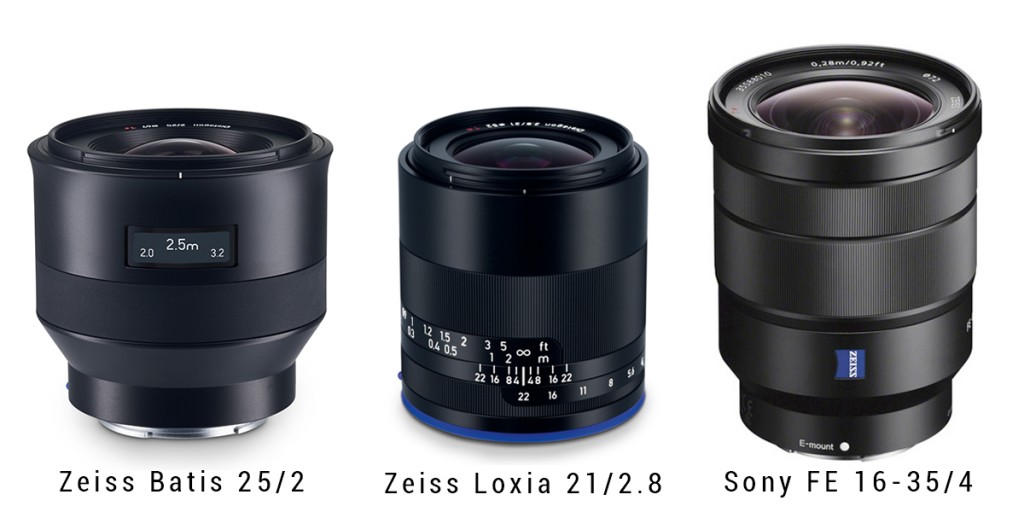
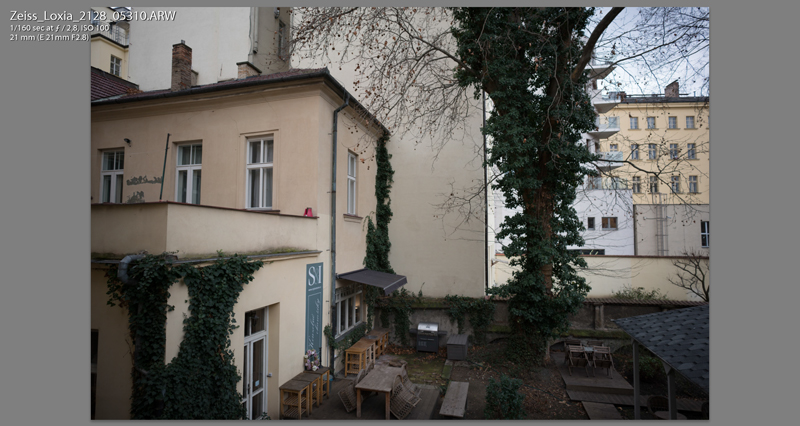
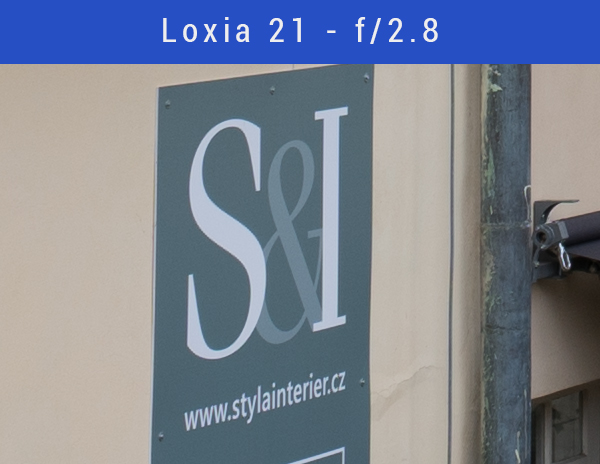
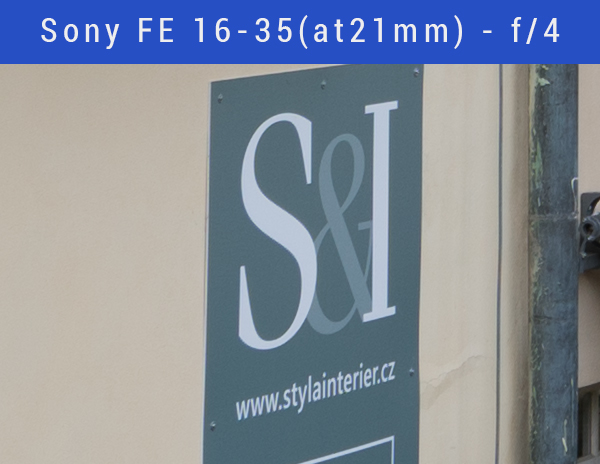
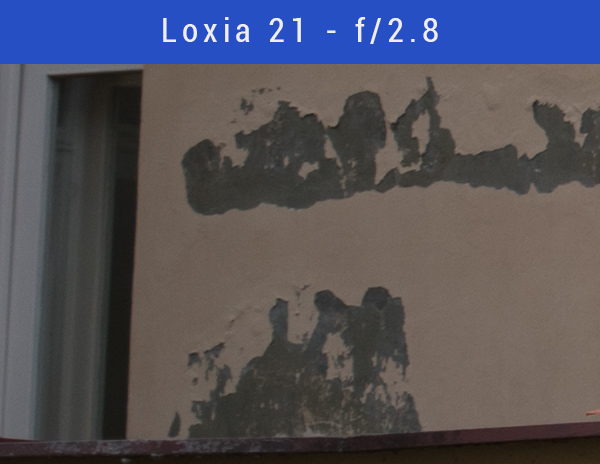
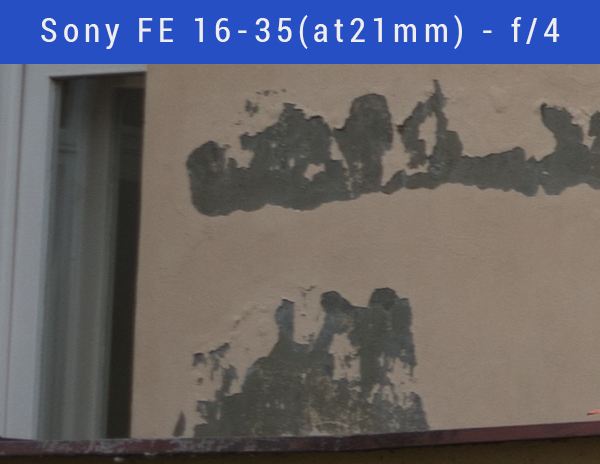
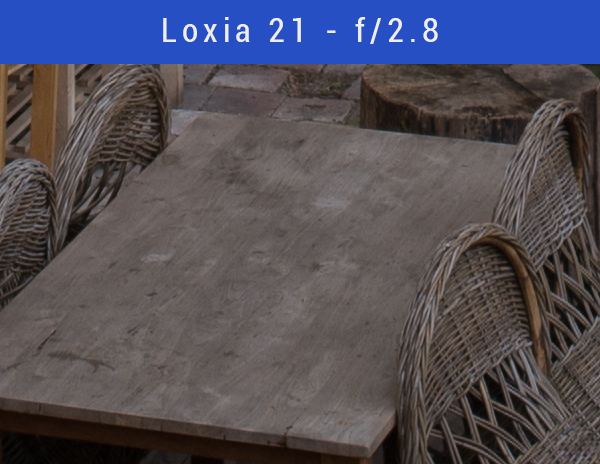
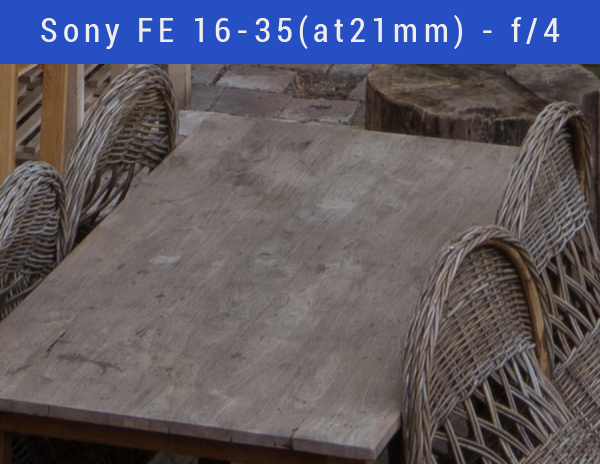
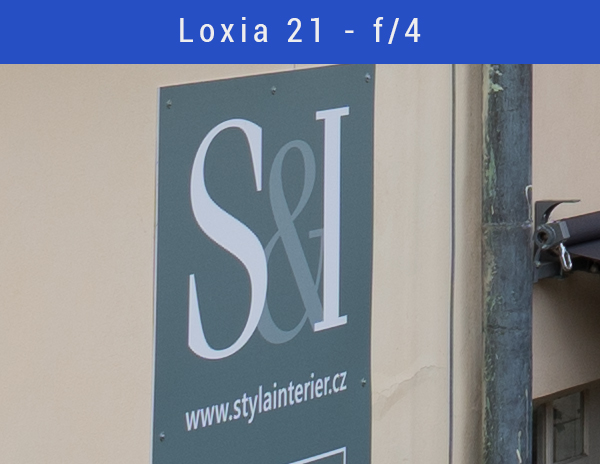
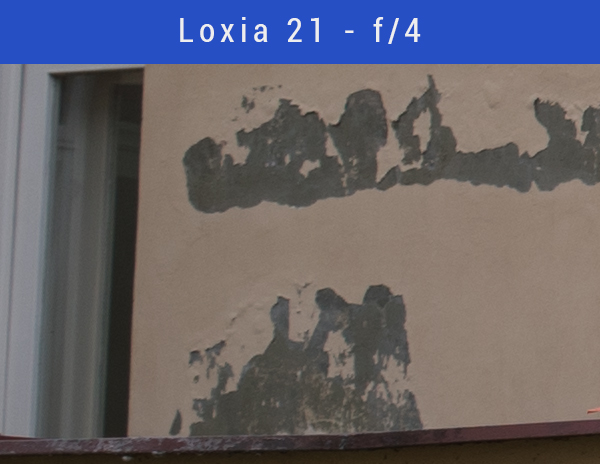
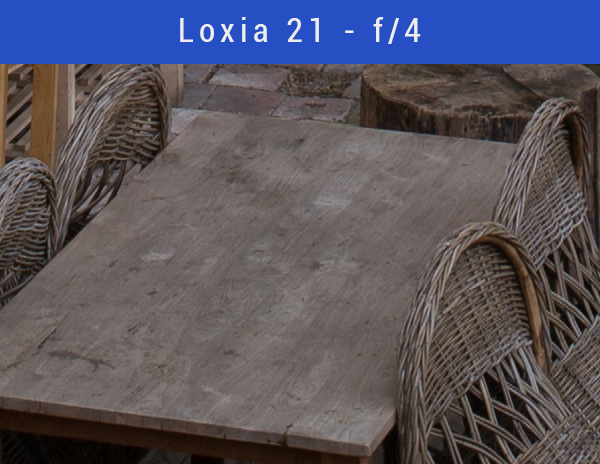
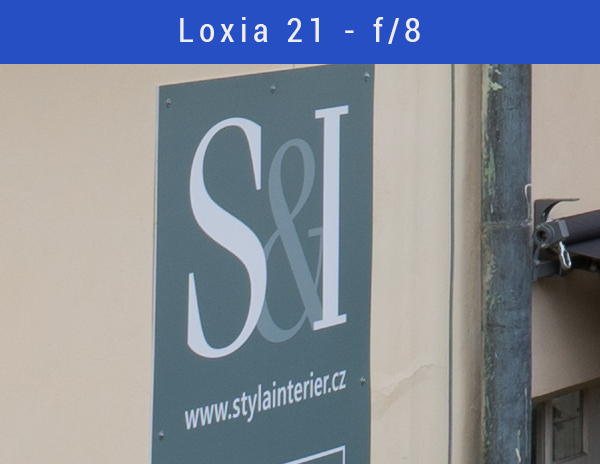
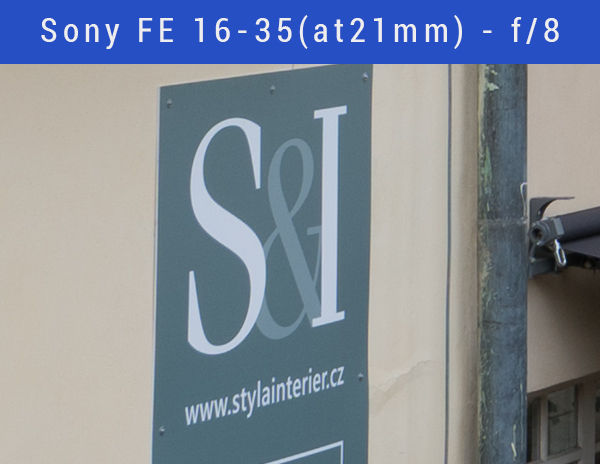
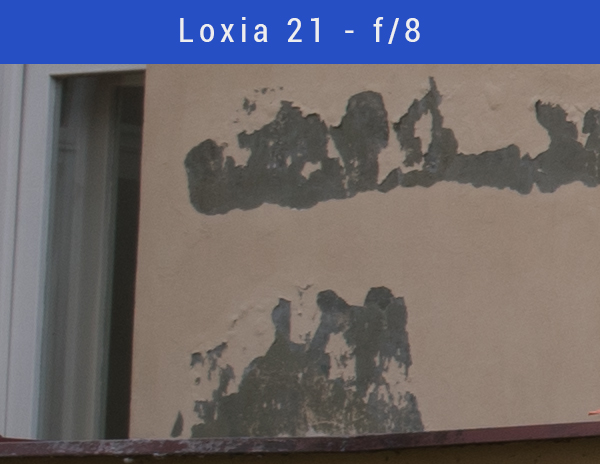
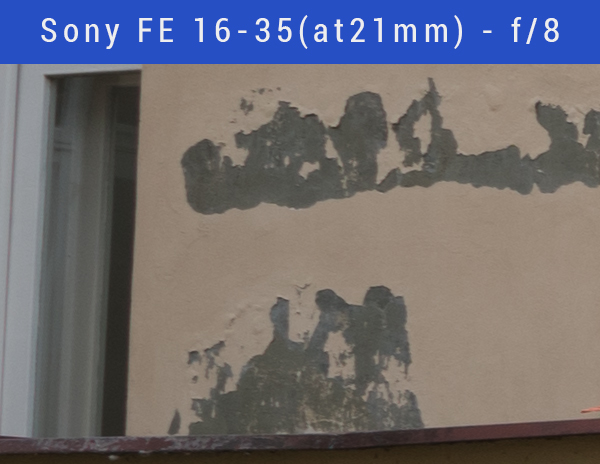
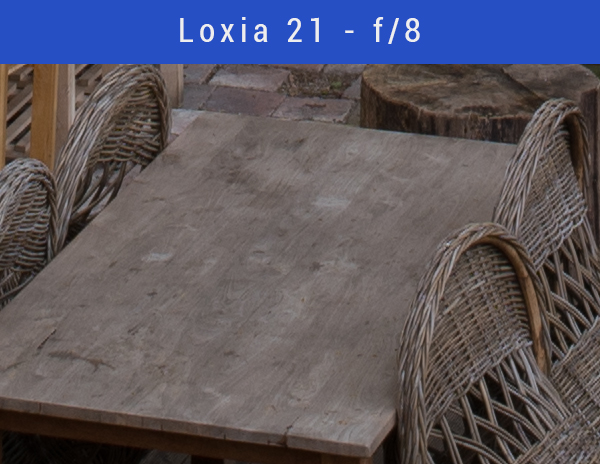
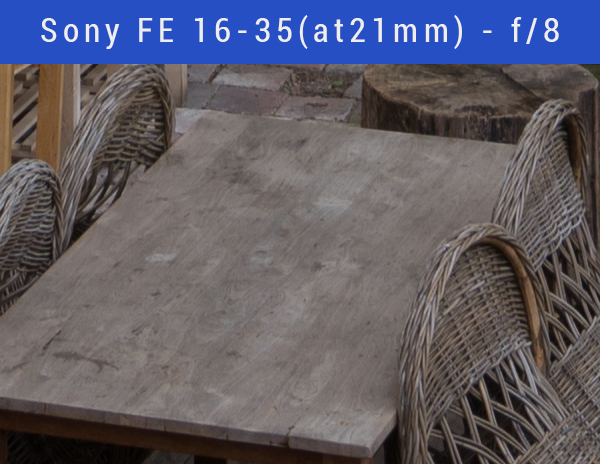
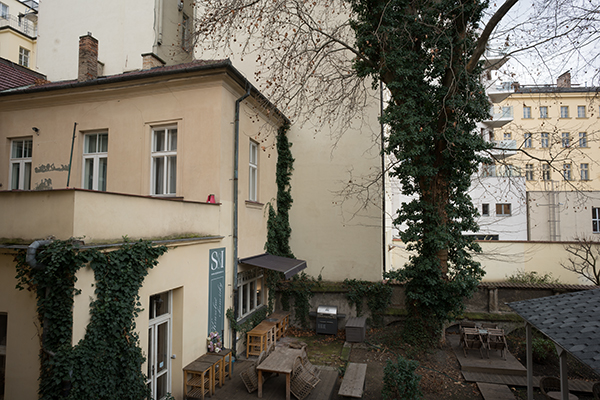
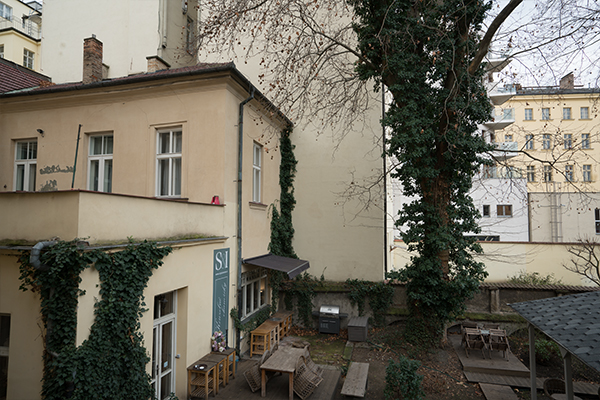
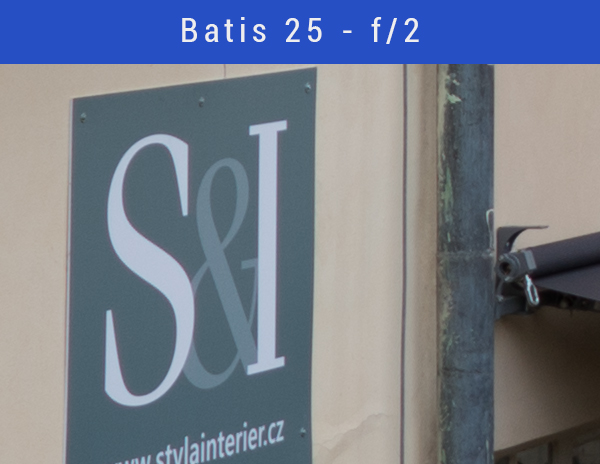
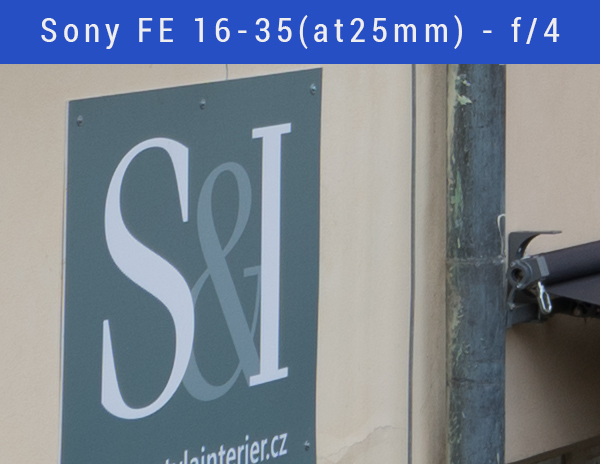
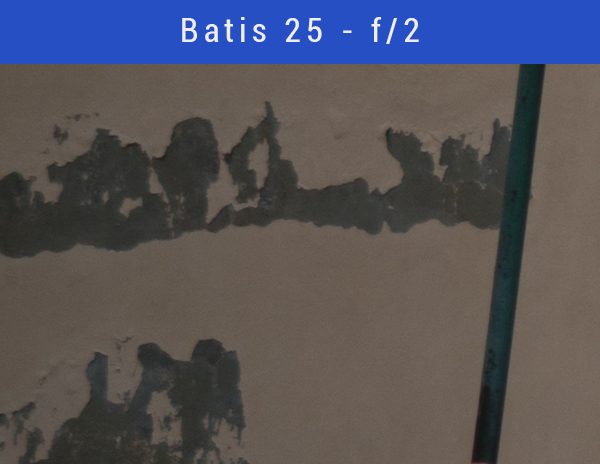
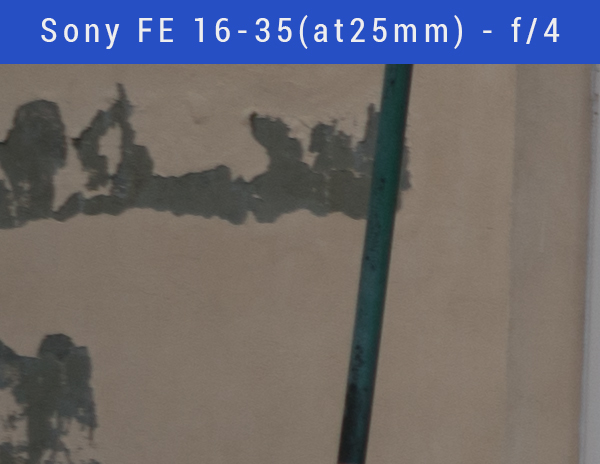
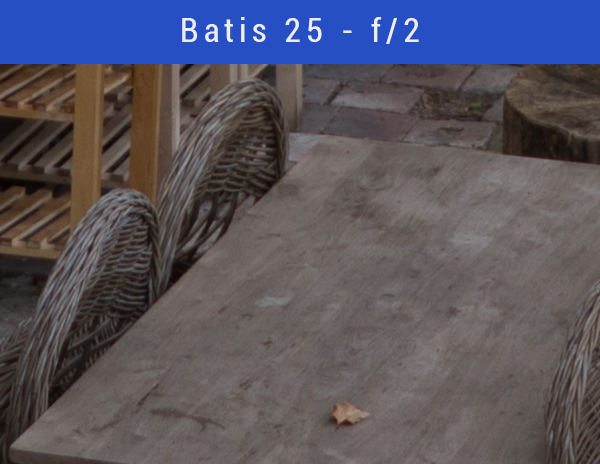
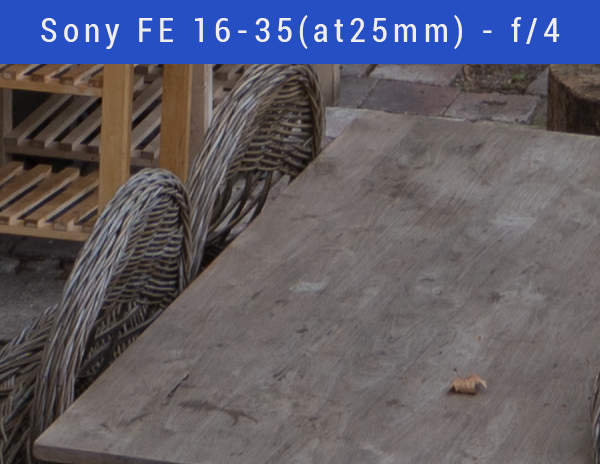
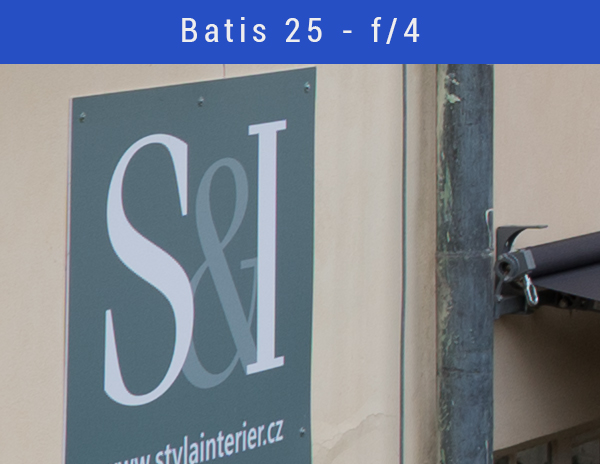
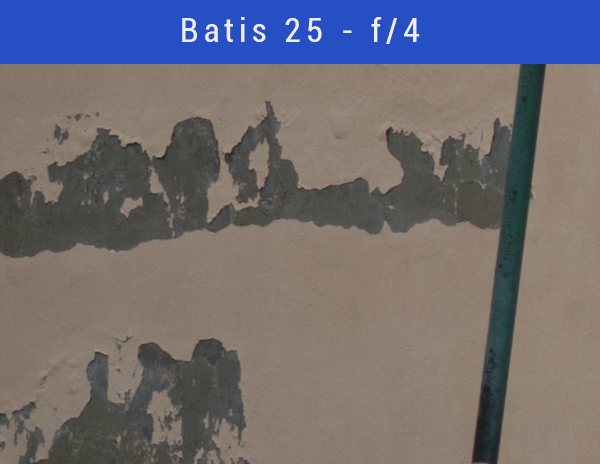
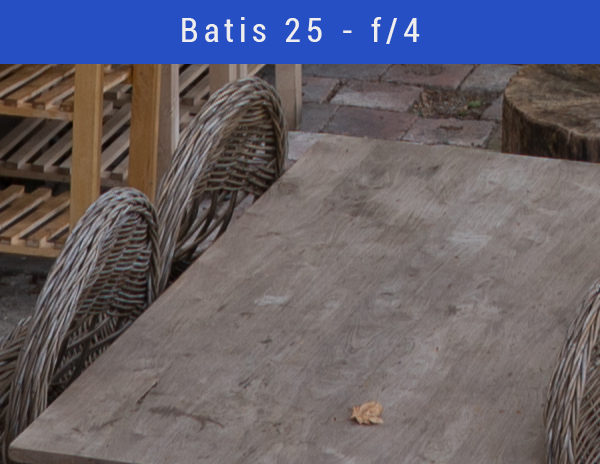
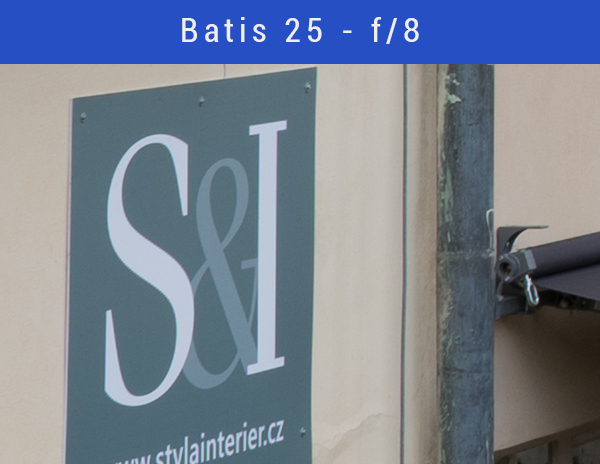
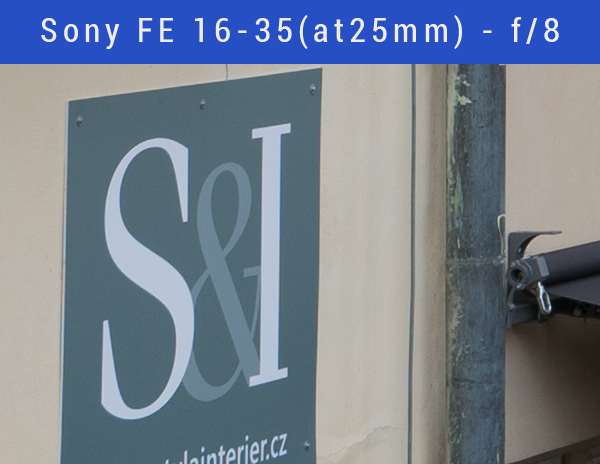
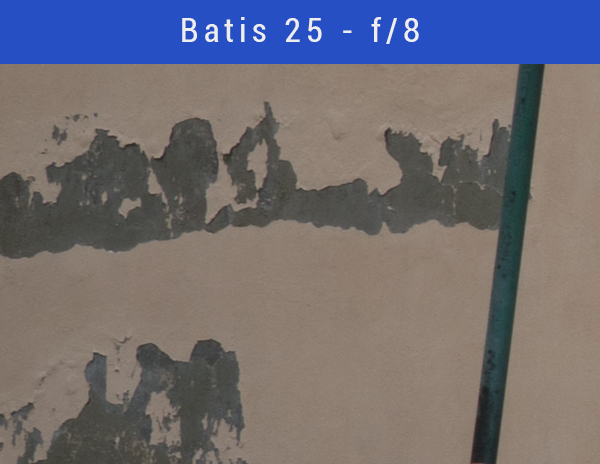
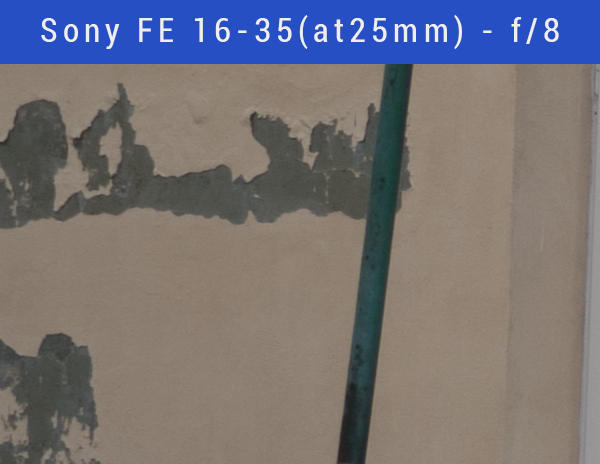
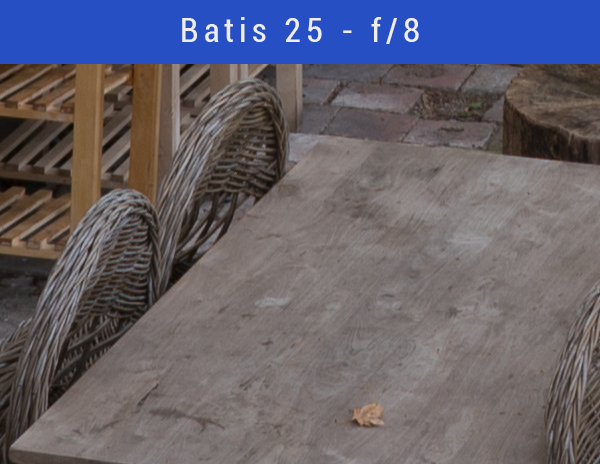
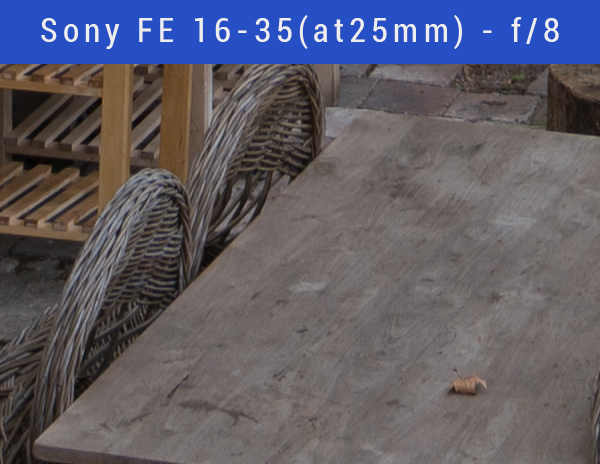
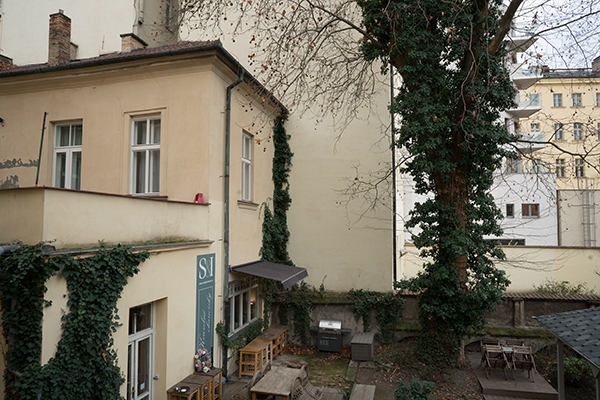
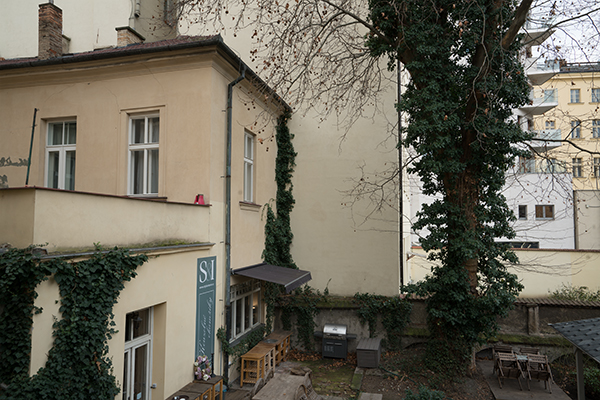
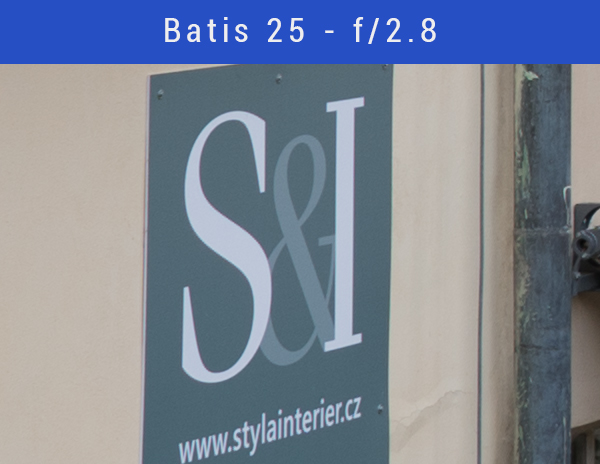
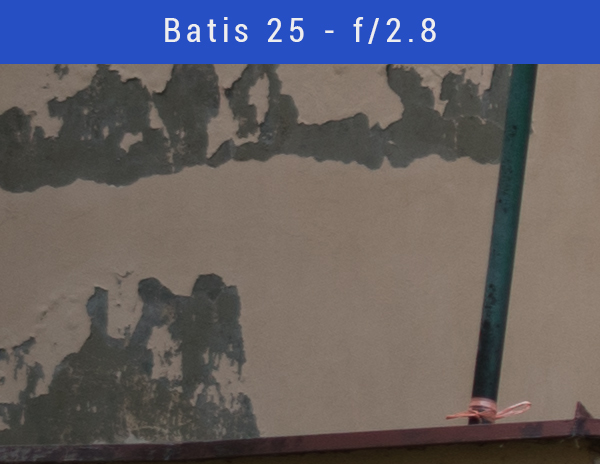
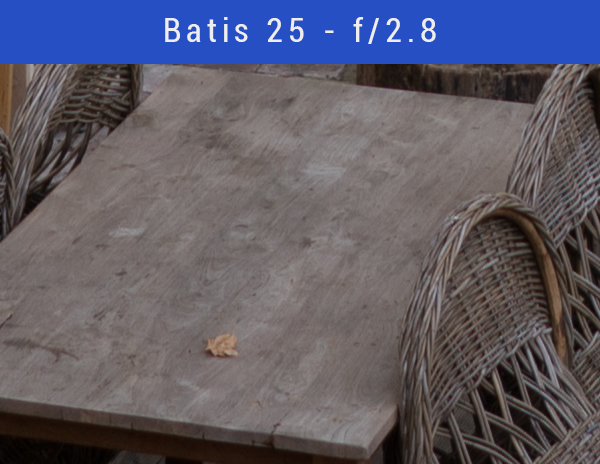
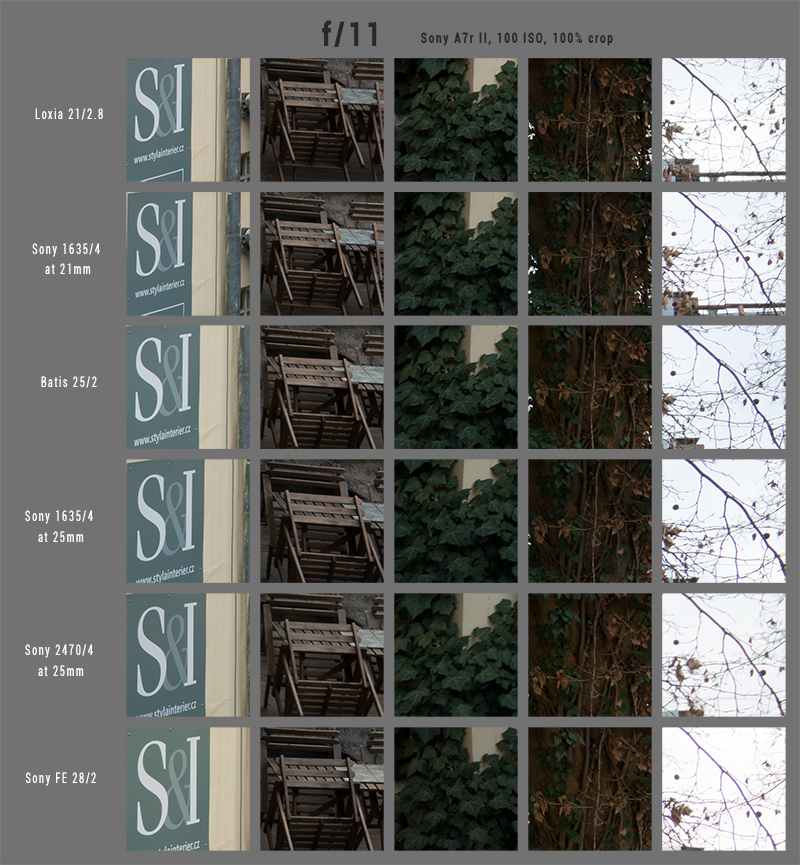
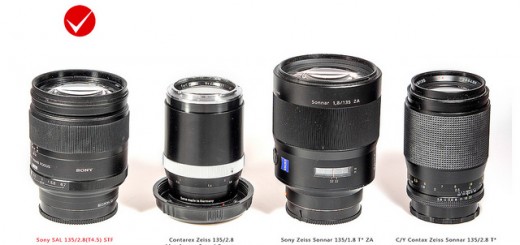
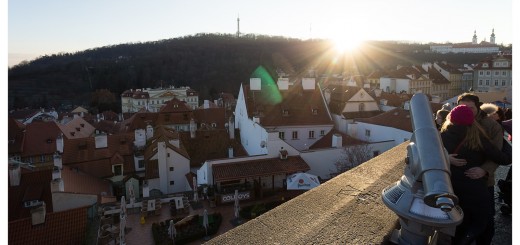
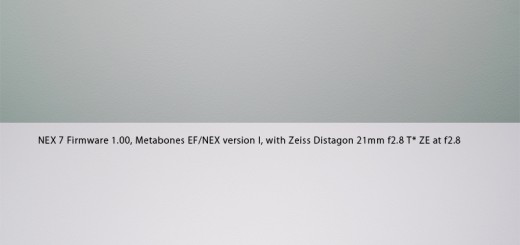











Very good lens overall, despite wavy distortion. Very sharp.
After few months I can’t agree more. One of the best WA lenses I tried so far.
hi Viktor great review. ı have got two Loxia, 21mm and 50mm. I would like to ask 3 question.
1. İs there a huge, big, real etc. 🙂 different image and bokeh quality with ZA 5omm f1.4 planar?
2. Sony and sigma 85mm f value 1.4 and Batis 85mm f value 1.8. So why Loxia f value 2.4 what is the f2.4 purposes?
3. ıf you were in my situation, would you buy Loxia 35mm?
thx a lot.
For 2., read this: http://www.verybiglobo.com/zeiss-loxia-85mm-f2-4-hands-on-photokina-2016/
//VBL: Would you say that compactness is the key selling proposition of the Loxia lenses?
Mr. Cristophe Casenave: Definitely. But without compromising build or image quality. This is why Loxia 85 is “only” f/2.4. We have this 85/4 lens in M mount (Tele-Tessar) and people always said – it might be a bit slow but its size is miraculous, it’s superb. So we tried to make a compromise, to keep the size compact while adding a bit more light. We were opening it more and more and then we said stop, that’s it – f/2.4, that’s a perfect balance between size and speed.